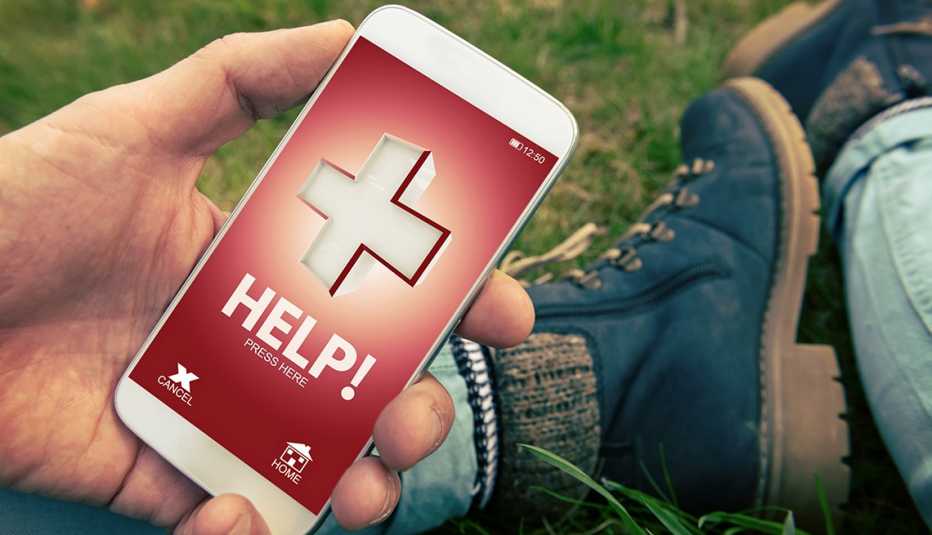AARP Hearing Center
Hunting down medical records is enough to give anyone a migraine.
You likely see a primary care physician, and as you get older, perhaps one or more specialists. But these doctors may not all be part of the same health care system.
Meanwhile, a separate laboratory or clinic may handle your bloodwork. Your last surgical procedure took place in a hospital. You’ve gone elsewhere for immunizations and to fill prescriptions.
Worse, office workers at your health care providers are overstretched, and at times you must navigate a bureaucratic maze to reach someone who can help. While you might be able to chase down your records online, each doctor group may have a separate web-based patient portal.
Still, you can probably find many of your medical records more easily than you could a decade ago, when almost two-thirds of physicians were using fax machines to share information. That’s because of a 2009 federal law, the American Recovery and Reinvestment Act, that dispensed incentives to providers for digitizing health records and then, seven years later, penalized large hospitals that hadn’t adapted.
In 2016, the 21st Century Cures Act continued to smooth the way for electronic health information sharing, and consumers are just now seeing the results of that law. Yet even today, your electronic medical records are all over the place.
Apple prescribes a new, personalized path
Apple set out to address the epidemic of scattered health records in 2018 by letting people with an iPhone download those records into the Health app on their phone. Nowadays, the health records feature on the iPhone is available to patients at more than 800 institutions with more than 12,000 locations in the United States, Canada and the United Kingdom, the company says.
How it works: A direct, encrypted connection is created between participating providers and a patient’s iPhone so people can get a centralized view of their allergies, clinical vitals, conditions, immunizations, lab results, medication records and procedures in one place.
The feature is based on something called Fast Healthcare Interoperability Resources (FHIR), a standard for the sharing of electronic medical records among different computer systems. Apple says its Health app data is never shared with any third party without the user’s explicit permission.






































































